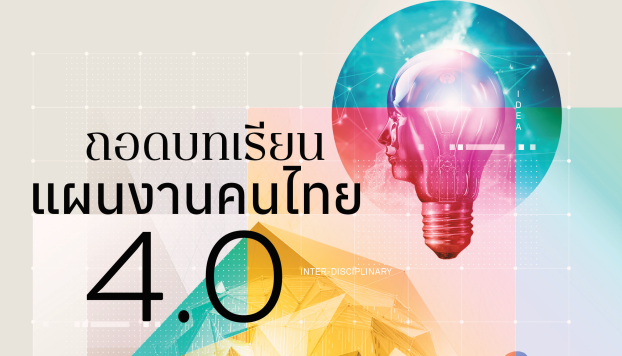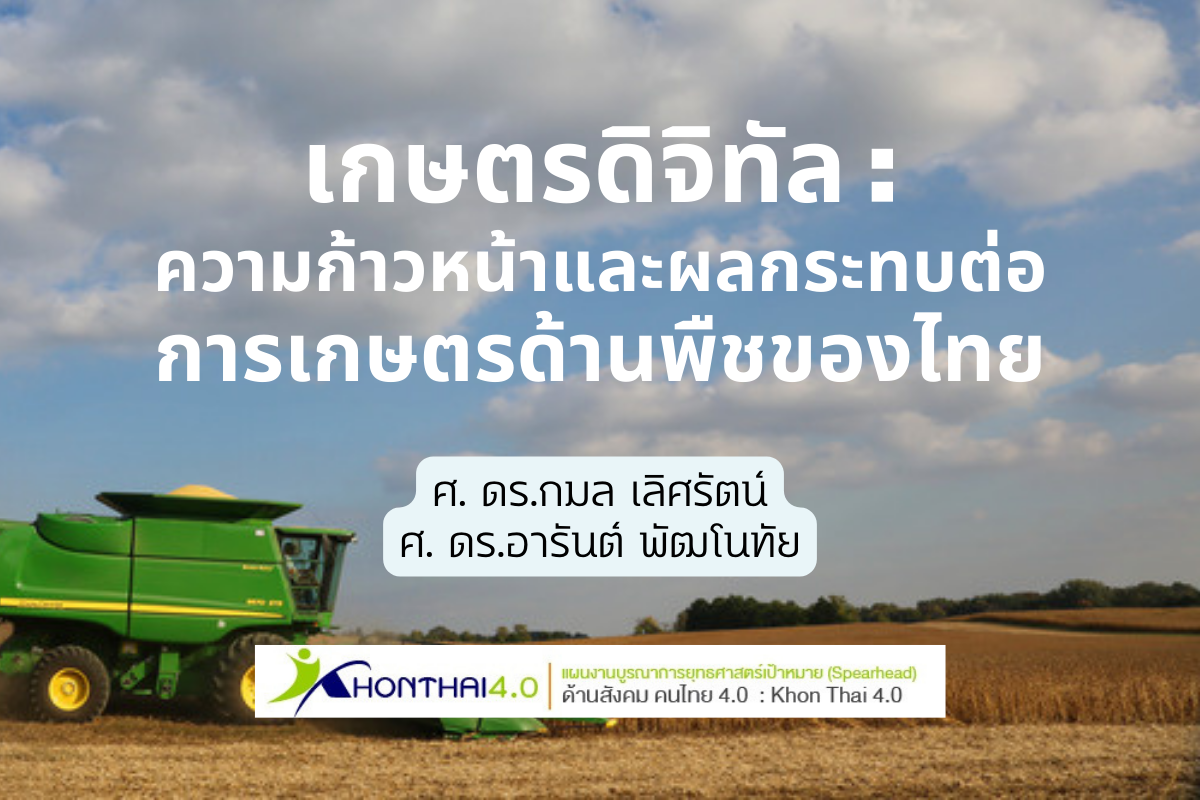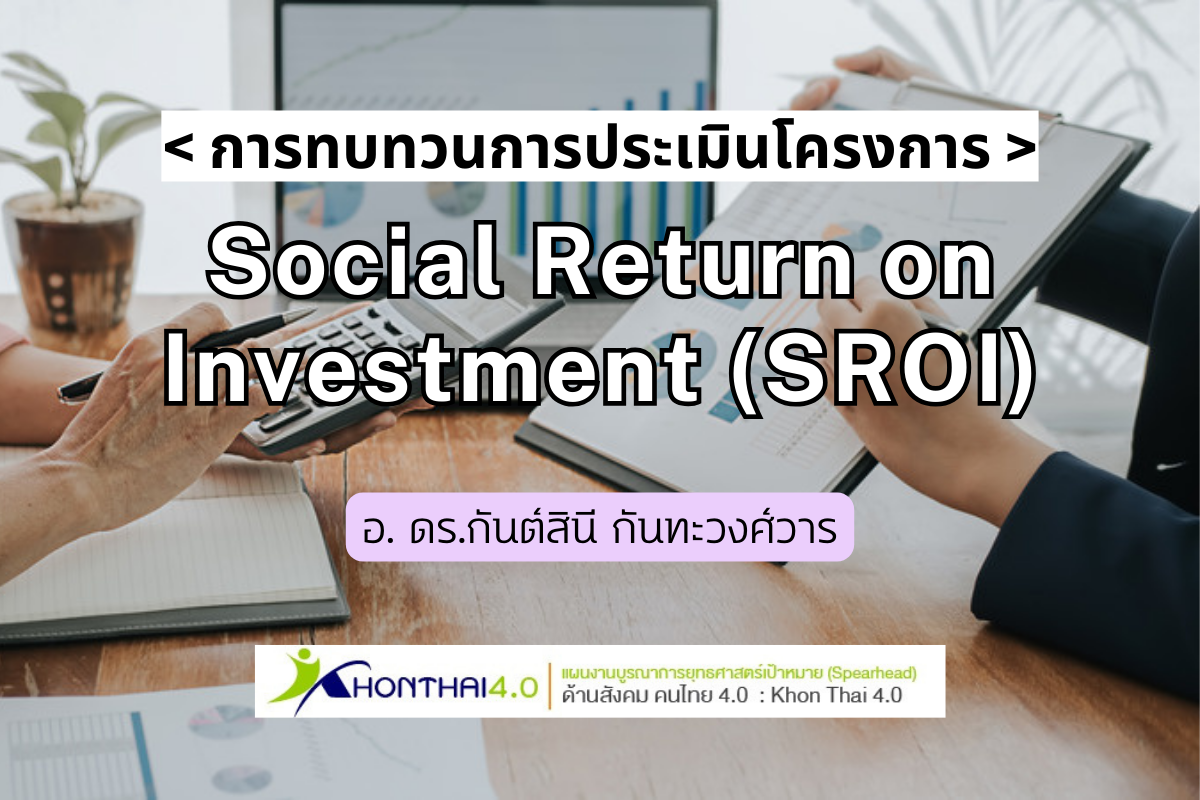
อ-[บทคัดย่อ] ให้มันจบที่รุ่นเราฯ-อนุสรณ์ อุณโณ และคณะ
โครงการวิจัย “ให้มันจบที่รุ่นเรา”: ขบวนการเยาวชนไทยในบริบทสังคมและการเมืองร่วมสมัย มีวัตถุประสงค์เพื่อ 1) ศึกษาขบวนการเยาวชนไทยร่วมสมัยในแง่ขององค์ประกอบผู้เข้าร่วม มูลเหตุ แรงจูงใจ บริบท และปัจจัยแวดล้อม 2) ศึกษาการจัดรูปองค์กร การสร้างเครือข่าย ข้อเรียกร้อง และกลวิธีการเคลื่อนไหวของขบวนการเยาวชนไทยร่วมสมัย ทั้งในพื้นที่ทางกายภาพและในสื่อดิจิทัล และ 3) ศึกษาความสัมพันธ์ระหว่างรุ่นคนภายใต้ขบวนการเยาวชนไทยร่วมสมัย ด้วยวิธีวิจัยเชิงคุณภาพ เสริมด้วยการวิจัยสื่อทางสังคมและเอกสาร โดยอาศัยแนวคิดเรื่อง “รุ่น”เป็นกรอบแนวคิดเริ่มต้นในการวิจัย ซึ่งหมายถึงกลุ่มคนหลายช่วงวัยที่เกาะเกี่ยวกันด้วยประสบการณ์ร่วมและอุดมการณ์ทางการเมือง
การวิจัยพบว่าเยาวชนส่วนใหญ่เกิดในช่วงเวลาที่ความนิยมในสถาบันกษัตริย์เริ่มถูกท้าทาย และเป็นเงื่อนไขให้เกิดความขัดแย้งทางการเมืองตั้งแต่ปลายทศวรรษ 2540 เป็นต้นมา พวกเขามีโอกาสซึมซับรับรู้ความขัดแย้งทางการเมืองเหล่านี้ และเป็นเบ้าหลอมให้กับการเคลื่อนไหวทางการเมืองของพวกเขาในเวลาต่อมา โดยรัฐประหาร 22 พฤษภาคม 2557 เป็นปัจจัยผลักดันให้พวกเขาแสดงบทบาทหลัก เนื่องจากกลุ่มการเมืองก่อนหน้าได้สลายตัวลง ขณะเดียวกันความเหลวแหลกของคณะรัฐประหารที่อวดอ้างศีลธรรมความดี โดยเฉพาะอย่างยิ่งคือความผิดหวังจากการใช้สิทธิเลือกตั้งครั้งแรก ประกอบกับความไม่พอใจในเหตุการณ์ที่เป็นผลสืบเนื่องมาจากสถาบันกษัตริย์ พวกเขาจึงเริ่มแสดงออกทางการเมืองกันอย่างกว้างขวาง โดยในช่วงแรกเกิดขึ้นในสื่อทางสังคม ทว่าหลังจากที่ศาลรัฐธรรมนูญมีคำวินิจฉัยยุบพรรคอนาคตใหม่และตัดสิทธิทางการเมืองของผู้บริหารพรรค พวกเขาได้ขยายพื้นที่การแสดงออกไปในโลกกายภาพ เริ่มจากในสถานศึกษา ก่อนจะขยายออกไปสู่ด้านนอกในเวลาต่อมา โดยพวกเขาได้ปรับเปลี่ยนการจัดรูปองค์กรและกลวิธีการเคลื่อนไหวมาอย่างต่อเนื่อง ภายใต้ข้อเรียกร้องหลักสามข้อ คือ การให้นายกรัฐมนตรีลาออก การร่างรัฐธรรมนูญใหม่ และการปฏิรูปสถาบันกษัตริย์
นอกจากโลกกายภาพ กลุ่มเยาวชนยังเคลื่อนไหวในโลกเสมือนด้วย นับตั้งแต่การใช้เป็นช่องทางในการแจ้งอัตลักษณ์การเคลื่อนไหว การใช้เป็นกรอบปฏิบัติการเคลื่อนไหว และการใช้เป็นช่องทางการเคลื่อนไหวควบคู่ไปกับโลกกายภาพ ทั้งในแง่ของการเผยแพร่ข้อมูลข่าวสาร การเป็นพื้นที่ถกเถียงหารือ การสร้างข้อเสนอและตอบโต้ฝ่ายตรงข้าม การนัดหมาย รวมถึงการระดมทุน
การเคลื่อนไหวของเยาวชนได้รับการสนับสนุนจากสังคมอย่างกว้างขวาง โดยเฉพาะจากคนวัยสูงกว่าจำนวนหนึ่ง ซึ่งไม่เพียงแต่สนับสนุนและร่วมการชุมนุมที่เยาวชนจัด หากแต่ยังจัดกิจกรรมหนุนเสริมเยาวชนด้วย ขณะที่พรรคฝ่ายค้านก็ให้การสนับสนุนเยาวชนเช่นกัน ฉะนั้น แม้รัฐบาลและสถาบันที่เกี่ยวข้องไม่ตอบสนองข้อเรียกร้องของเยาวชน หากแต่โต้กลับด้วยมาตรการทางกฎหมายและกระบวนการยุติธรรม รวมทั้งมีกลุ่มเห็นต่างซึ่งเป็นคนช่วงวัยสูงกว่า แต่การที่ขบวนการเยาวชนไทยประกอบด้วยคนหลายช่วงวัยที่ประสบการณ์ร่วมและอุดมการณ์ทางการเมืองได้ร้อยรัดพวกเขาไว้เป็นคน “รุ่น” เดียวกัน ประกอบกับการเคลื่อนไหวของพวกเขาได้ก่อให้เกิดผลกระทบและความเปลี่ยนแปลงในสังคมอย่างลึกซึ้งกว้างขวาง ก็มีโอกาสและความเป็นไปได้ที่พวกเขาจะสามารถบรรลุเป้าหมายที่กำหนดไว้ใน “รุ่น” ของพวกเขา
- อ่านรายงานวิจัยฉบับสมบูรณ์ได้ทาง>>>รายงานฉบับสมบูรณ์: ให้มันจบที่รุ่นเราฯ
A research project “‘Let’s finish it in our generation.’: Thai youth movements in contemporary socio-political contexts” aims to 1) study contemporary Thai youth movements in terms of participants, causes, motivations, contexts and factors, 2) study the organizations, networks, demands, and strategies of the movements, physically and digitally, and 3) study relationship between generations in the movements. It employs qualitative research methods complemented with digital media and document studies. It draws on the notion of “generation,” which means several age groups bound together by shared experiences and political ideologies, as a preliminary framework.
The research found that youths were born in a period during which the monarchy’s popularity was challenged, and it was a factor contributing to a political crisis starting from mid 2000s. Youths witnessed this political crisis and it was a crucible for their political movements later. The 22 May 2014 Coup is a factor pushing them to play a leading role because previous political groups were dispersed. Meanwhile, the disgraces of the self-proclaimed righteous junta, and especially their disappointment from exercising their electoral rights for the first time in conjunction with dissatisfaction in events related to the monarchy, combined to render youths widely express their political concerns. Initially, they did it online. But after the Constitutional Court ruled that the Future Forward Party disbanded and its executives deprived of political rights, they extended the space of expression to a physical world, starting in educational institutes before expanding to outside. They adjusted the organizations and movement strategies continually under three demands, including the resignation of the prime minister, drafting a new constitution, and reform of the monarchy.
Besides a physical world, the youth movements also took place in a virtual world. Youths employed social media as a channel to inform movement identities, a frame for movement operations, and a channel for movements along with the physical world. They used social media in distributing information, discussion, making demands, countering the opponents, making appointments, and raising funds.
The youth movements gained broad supports from society. This is particularly the case for a large portion of the elderly who not only assisted and joined rallies held by the youths but also held activities to support the youths. The opposition parties also supported the youth movements. However, the government and the monarchy did not respond to the youths’ demands and instead countered with laws and judiciary. There were also the opponents most of whom are the elderly.
Still, given that the Thai youth movements were composed of people of various age groups bound together by shared experiences and political ideology as people of the same “generation,” combined with the facts that they have created deep and wide impacts and changes in Thai society, there is a chance and possibility that they may attain their goals in their “generation.”



